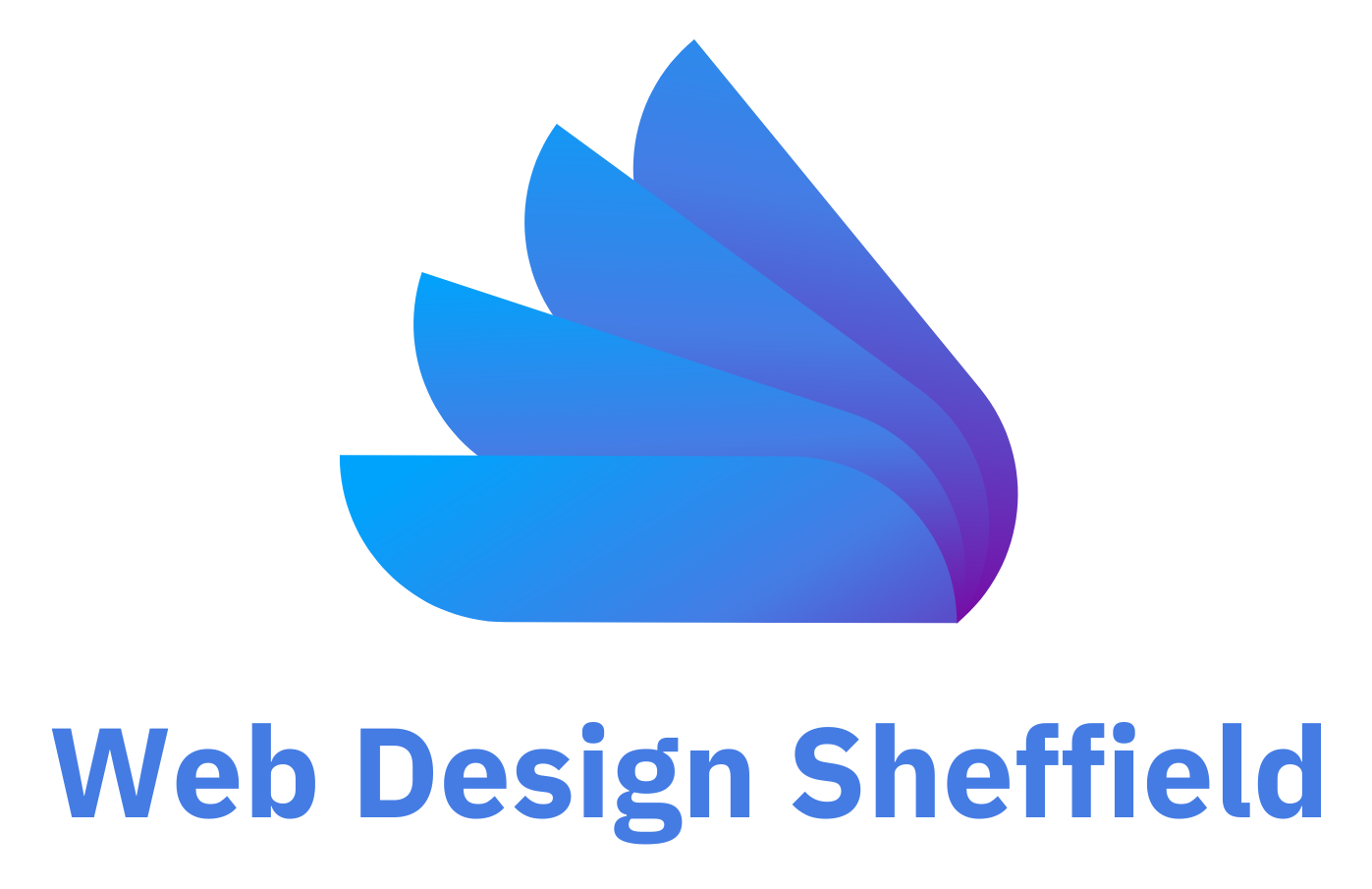Web Design Sheffield
Top 10 Methods to Understand Your Users in Web Design
In the ever-evolving digital landscape, creating a website that resonates with your audience requires more than just a sleek design and intuitive navigation. At the heart of every successful web project lies a deep understanding of its users. Knowing who your users are, what they need, and how they interact with your digital space can transform a good website into a great one. This blog explores the top 10 methods for gaining insights into your users, ensuring your web design not only meets but exceeds user expectations.
Understanding the Importance of User-Centric Design
Before diving into the methods, let's establish why understanding your users is paramount. A user-centric approach to website design enhances user satisfaction and contributes significantly to the site's overall success. By tailoring your website to meet user needs and preferences, you're more likely to engage visitors, encourage conversions, and foster loyalty.
Top 10 Methods to Understand Your Users in Web Design
1. Surveys and Questionnaires
Starting with the basics, surveys and questionnaires are powerful tools for collecting direct feedback from your users. They can range from simple satisfaction ratings to comprehensive questions about user experience and expectations. The key here is to ask the right questions without overwhelming your audience.
2. Interviews
One-on-one interviews offer a depth of understanding that anonymous surveys cannot match. They allow you to explore the nuances of your users' experiences, gather candid feedback, and empathise with their journey on your site. The insights gained from these conversations are invaluable for making user-driven design decisions.
3. User Observation
Observing users as they interact with your site in their natural environment can uncover unexpected insights. This method helps identify friction points and areas where users may struggle, providing a clear direction for design improvements.
4. Usability Testing
Usability testing involves asking users to complete specific tasks on your site while observing their behaviour. This method is crucial for identifying design elements that may not be as intuitive as intended, allowing for adjustments that can significantly enhance the user experience.
5. A/B Testing
A/B testing is the process of comparing two versions of a web page to see which performs better. By making slight variations in design, layout, or content, you can empirically determine what appeals most to your users, leading to informed design choices that boost engagement and conversion rates.
6. Heatmaps and Click Tracking
Heatmaps and click tracking provide visual representations of where users click, scroll, and focus their attention on your site. This data is invaluable for optimising page layouts, improving content placement, and ensuring key elements are in the user's natural eye path.
7. Web Analytics
Web analytics offer a treasure trove of information about user behaviour, traffic sources, and engagement metrics. By analysing this data, you can understand how users navigate your site, what content they find most engaging, and where you might be losing their interest.
8. SEO and Keyword Analysis
Understanding the language and search queries your users employ can guide content creation and site structure. SEO and keyword analysis help align your website's content with user intent, making it easier for users to find the information they need and for search engines to recommend your site.
9. Social Media and Forums
Social media platforms and forums are where users often share unfiltered opinions and experiences. Monitoring these discussions can provide insights into user perceptions, pain points, and the overall sentiment towards your site or brand.
10. Feedback Tools and Comment Boxes
Implementing feedback tools and comment boxes directly on your site invites users to share their thoughts and suggestions in real time. This direct line of communication allows for quick identification of issues and opportunities to enhance user satisfaction.
Integrating Insights into Design
Gathering data is only the first step. The real magic happens when you synthesise these insights to inform design decisions. An iterative design process, where insights from various methods inform continuous improvements, ensures your website remains aligned with user needs and expectations.
Understanding your users is not a one-time task but an ongoing commitment to improving your website design. By employing these top 10 methods, you can gather the insights needed to create a user-centric website that stands out in the digital space. Remember, a website designed with the user in mind is more likely to engage, convert, and retain visitors, driving the success of your online presence.
If you find yourself looking for the best and reliable web design company, then look no more. Our team of website builders are always available to answer your questions and inquiries. Choosing Web Design Sheffield just means you're choosing the best website designer in Sheffield. Save our number today!
To know more, read our latest GBP update about the methods to understand your users in web design.
Ready To Take Your Business To The Next Level?
In the busy industry of Sheffield, your local business deserves to stand out. With new opportunities and markets emerging every day, now is the time to seize control and grow your business.




